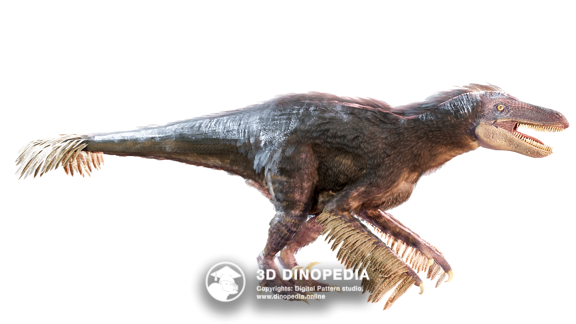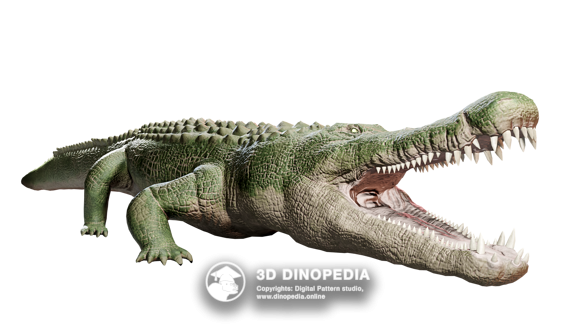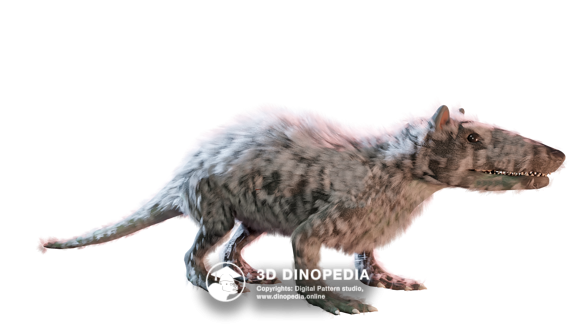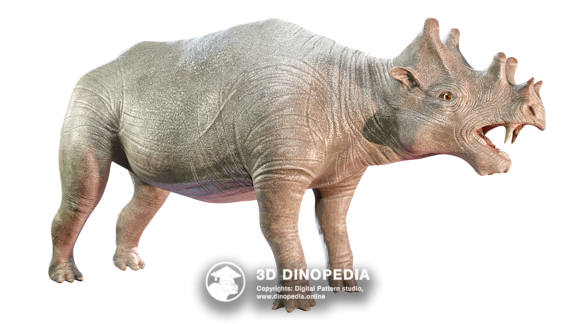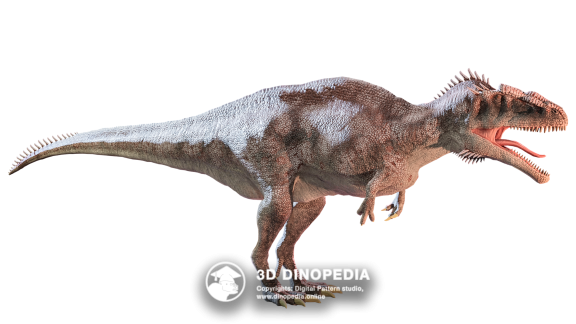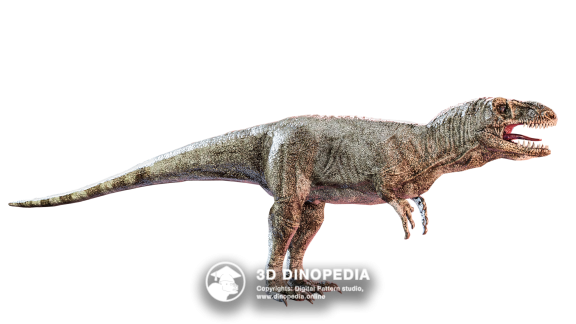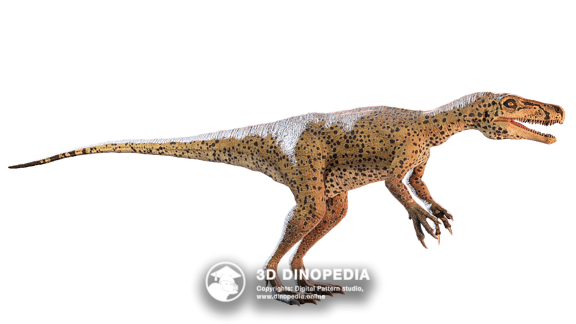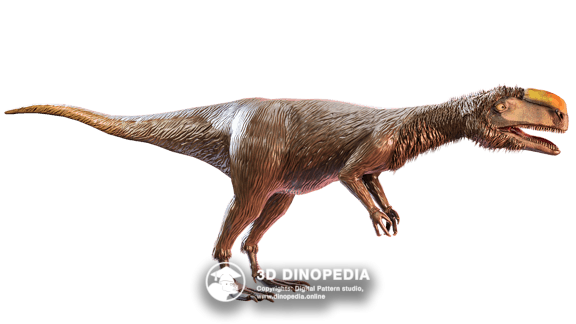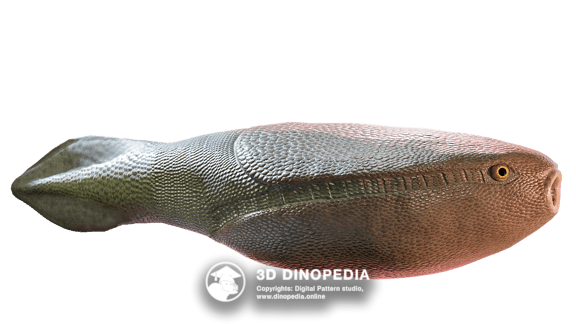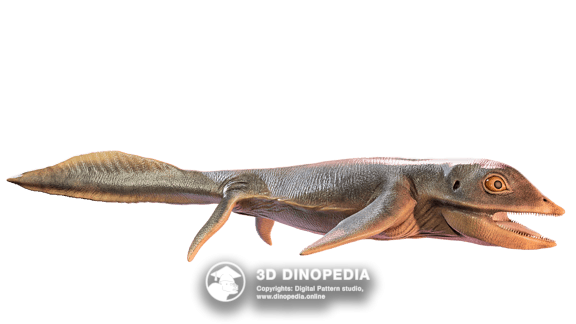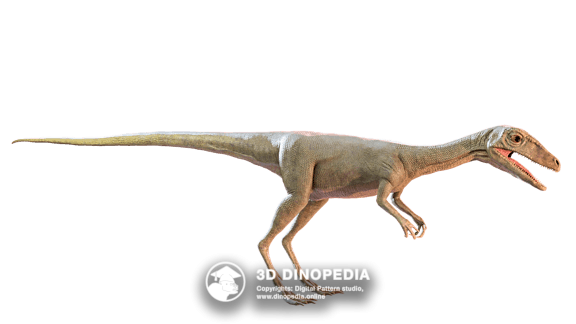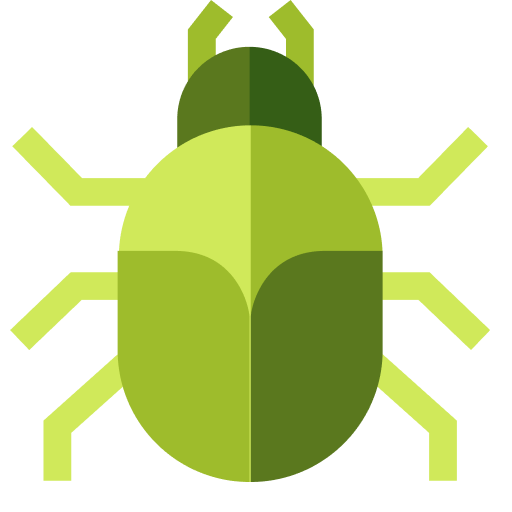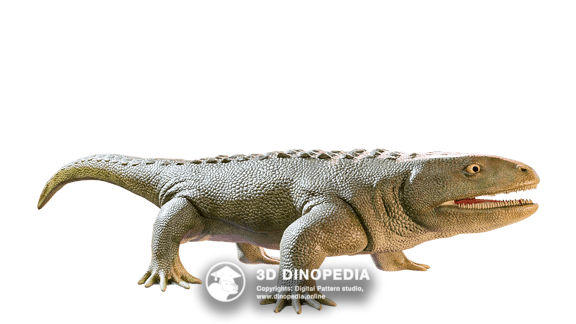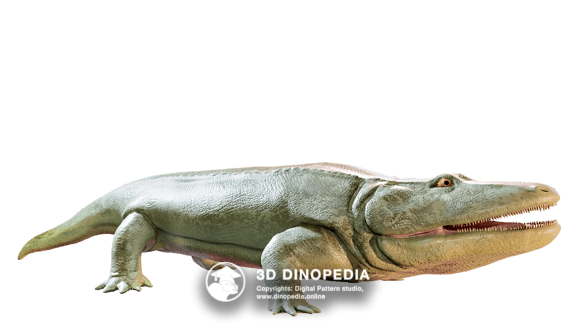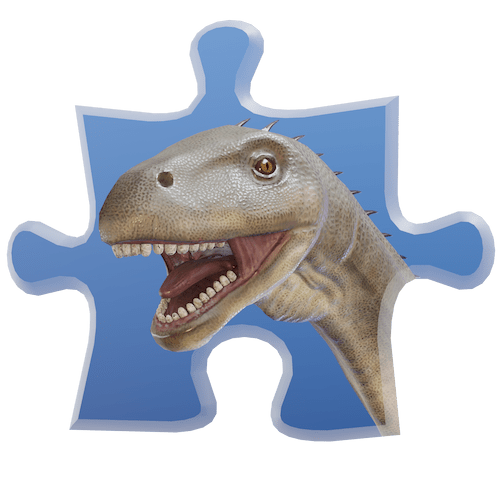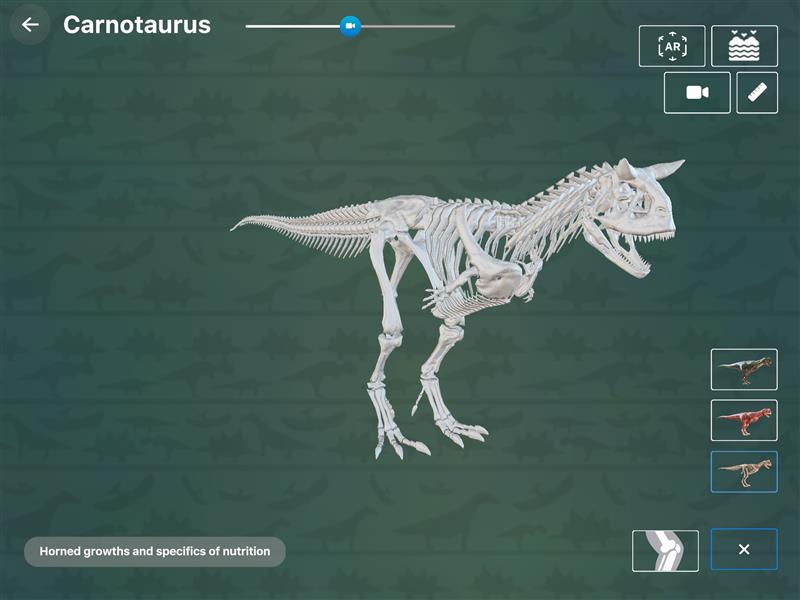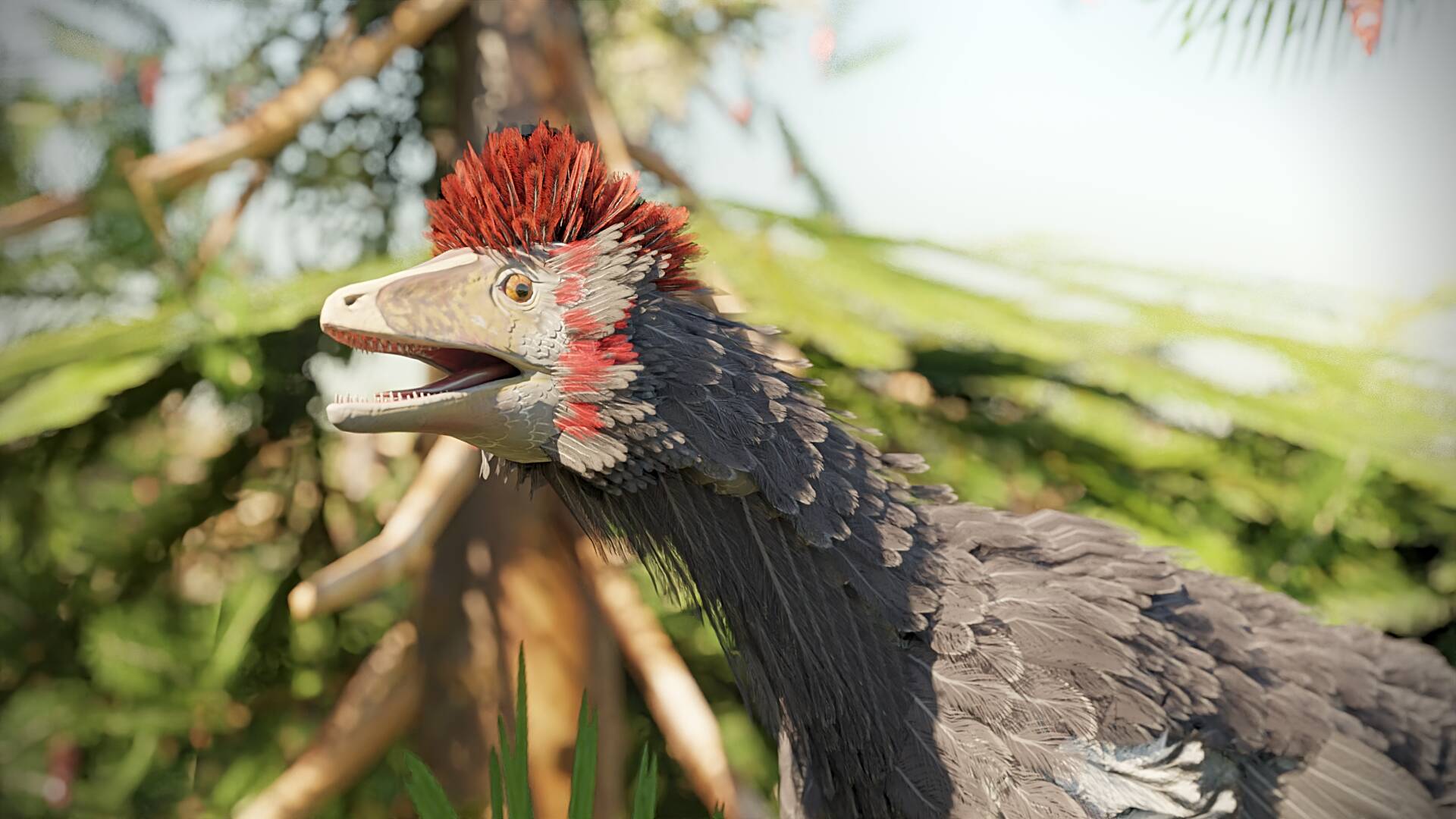Ophiacodon
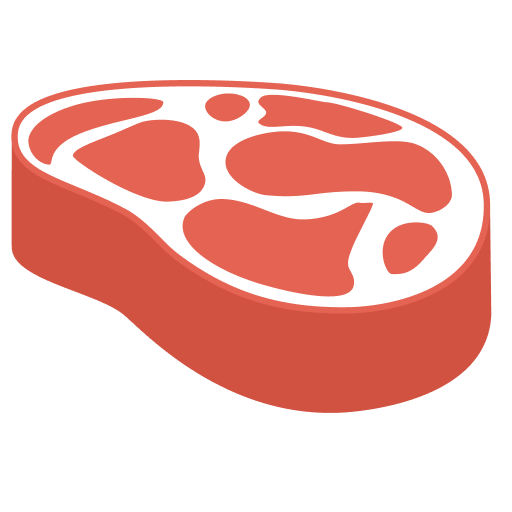

Name meaning:
Snake tooth
Period of life:
307.0—272.3 million years ago
Period:
Habitat:
Floodplains
Taxonomy:
Synapsids
Countries:



What the name means: "snake tooth"
Ophiacodon is a genus of extinct synapsids that lived from 307 to 272.3 million years ago during the late Carboniferous to early Permian period. These animals were among the first large predators on Earth, reaching lengths from 1.6 to 3 meters and weighing between 26 to 230 kilograms. Ophiacodon had a recognizable and somewhat unusual appearance that distinguished it from other synapsids of its time. Its size varied depending on the species, but generally, Ophiacodons were large animals. The body was massive, with a broad chest and powerful limbs. Ophiacodon's legs were relatively short but strong, enabling it to move confidently on land.
The skull of Ophiacodon was one of its most notable features. It was long, tall, and narrow, with many sharp teeth resembling snake teeth, hence the genus name "snake tooth". The teeth were adapted for tearing flesh, indicative of Ophiacodon's carnivorous lifestyle. Another interesting feature of the skull was the presence of two temporal fenestrae (holes in the skull behind the eye sockets) in some large individuals, a strange characteristic as all synapsids typically develop only one such opening behind the eye socket. This structure suggests that Ophiacodons could deliver very strong bites.
The internal structure of Ophiacodon also represented a combination of primitive and progressive traits. Its skeleton was robust enough to support a massive body, and the vertebrae had high neural spines, which, however, did not protrude above the skin like some other synapsids. Overall, Ophiacodon was a powerful predator, combining primitive traits of its ancestors with new adaptations that allowed it to occupy an important place in the ecosystems of the late Carboniferous and early Permian.
For a long time, scientists believed that Ophiacodons led a semi-aquatic lifestyle, similar to modern crocodiles. This assumption was based on certain features of their skeleton, such as flattened claws and long jaws. However, later research showed that these features are not sufficient evidence of a semi-aquatic lifestyle. Most likely, Ophiacodons were predominantly terrestrial animals that lived near water bodies and fed on both terrestrial and aquatic prey. Ophiacodons played an important role in the ecosystems of their time, occupying the top of the food chain. They competed with other large synapsids, such as Dimetrodons and Edaphosaurs, for food resources.
Discussions
Other animals
 INTERESTING FACTS
INTERESTING FACTS
 PUZZLES
PUZZLES
 HOME
HOME
 3D MODEL "SKIN"
3D MODEL "SKIN"
 3D MODEL "MUSCLES"
3D MODEL "MUSCLES"
 3D MODEL "SKELETON"
3D MODEL "SKELETON"
 VISION
VISION
 NEIGHBORS
NEIGHBORS
 VOICE ACTING
VOICE ACTING
 AR - MODE
AR - MODE
 GALLERY
GALLERY
 HISTORY OF DISCOVERIES
HISTORY OF DISCOVERIES













